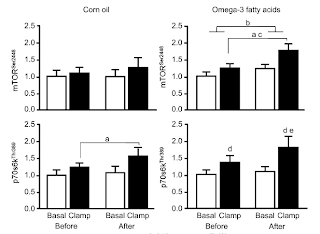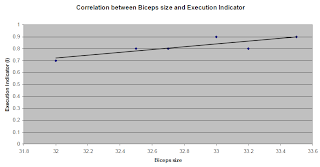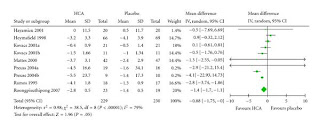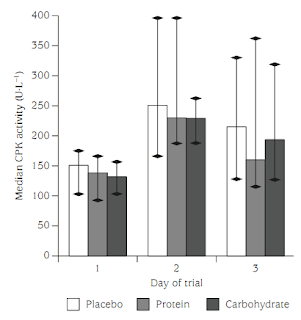High Dose Caffeine Will NOT Allow You to Curl More Weight
Most PreWorkout products are loaden with caffeine. The reasoning behind that is twofold: Firstly, the caffeine will spike you up and thus may allow you to work more energetically. And secondly, caffeine is believed to be a potent ergogenic in itself, allowing you to lift that extra pound you would otherwise have to take off. As far as the ergodicity of caffeine is concerned, a recent study which was part of Jared Coburns dissertation at the California State University ( Coburn. 2010 ) suggests that these must be more of a systemic nature. Comparing the effects of a preworkout drink with either 0, 5 or 10 mg/kg caffeine Coburn found no significant differences for maximal strength, RTD [rate of torque development], EMG [electromyographic] amplitude and frequency, MMG [mechanomyographic] amplitude, EMD [electromechanical delay] and PMD [phonomechanical delay] in his 14 male volunteers. So, while related studies, such as the one done by Pontifex et al. ( Pontifex. 2010 ), where athle...










